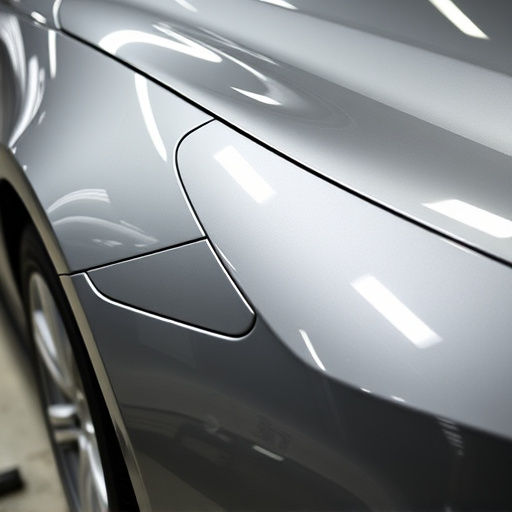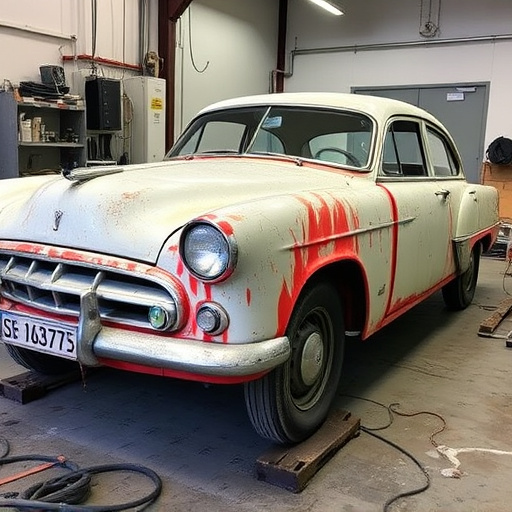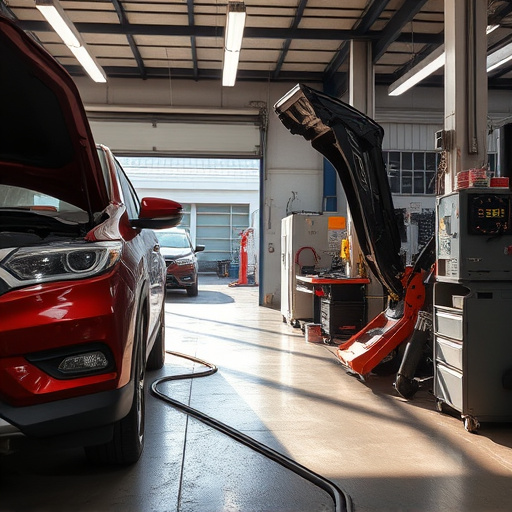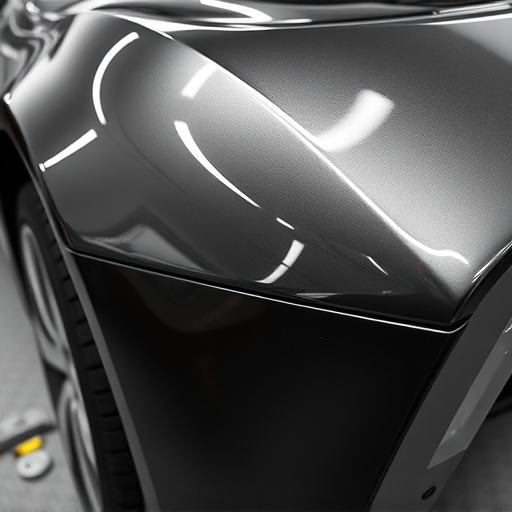Matte finish repairs demand a thorough understanding of automotive finishes and meticulous techniques. Assessing damage is crucial for selecting repair methods, including sanding, filling, priming, and applying high-quality matte coatings. The process involves debris removal, light sanding, gap filling, and seamless blending. Using the right tools, materials, and precision ensures excellent results in collision repair or vehicle restoration.
“Discover the secrets behind achieving a perfect matte finish repair with our comprehensive guide. From understanding the fundamentals of this unique aesthetic to selecting the ideal tools and materials, we demystify the process. Learn how to navigate the challenges of matte finish repairs step-by-step, ensuring a flawless, professional-grade outcome. Elevate your skills in this art form—achieve that seamless, smooth finish you’ve been aiming for.”
- Understanding the Basics of Matte Finish Repairs
- Choosing the Right Tools and Materials
- Step-by-Step Guide to Achieving a Flawless Finish
Understanding the Basics of Matte Finish Repairs

A matte finish repair is a specialized task that requires a deep understanding of automotive finishes and their unique properties. Before tackling any matte finish restoration project, be it on your car’s body or other surfaces, it’s crucial to grasp the fundamentals. The first step involves assessing the extent of damage, which could range from minor scratches to more severe dents or swirls. This initial evaluation is key in determining the repair methods suitable for the job—sanding, filling, priming, and finally, applying a high-quality matte finish coating.
The process often begins with removing loose debris and contaminates from the damaged area using specialized tools and compounds. Following this, light sanding prepares the surface, ensuring it’s smooth and free of imperfections. Filling any gaps or depressions helps create a level base for the upcoming primer and finish. Once the filled areas are dry, careful sanding follows to blend the repaired section seamlessly with the surrounding unharmed area. This meticulous approach ensures a flawless transition, a prerequisite for achieving an outstanding matte finish repair, whether at home or in a collision repair center.
Choosing the Right Tools and Materials
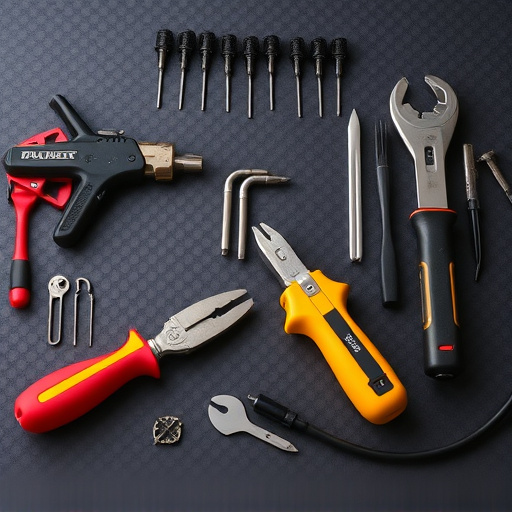
When tackling a matte finish repair, selecting the appropriate tools and materials is paramount to achieving a flawless outcome. The first step involves understanding the specific needs of your project. For instance, if it’s a car body restoration, opt for high-quality primer and paint designed for automotive applications, ensuring they match the vehicle’s original finish precisely. Choose fine-grit sandpaper to smoothen the surface without leaving visible scratches.
Additionally, invest in precision tools like detailed brushes, spatulas, and rollers suitable for matte finishes. These tools enable even application and prevent unsightly streaks or bubbles. Remember, a well-stocked toolkit tailored for matte finish repair jobs will not only enhance your work’s quality but also streamline the entire restoration process in a collision repair shop or any vehicle restoration setting.
Step-by-Step Guide to Achieving a Flawless Finish
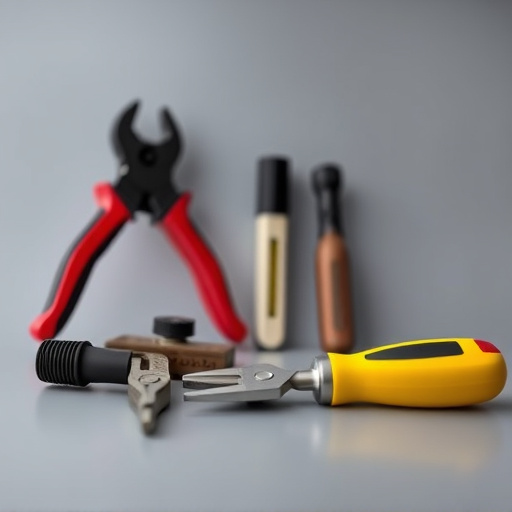
Achieving a flawless matte finish repair is an art that requires precision and attention to detail. Here’s a step-by-step guide to help you master this technique, ensuring a professional-looking result for your automotive restoration or dent repair projects.
Begin by thoroughly cleaning the damaged area, removing any dirt or debris. Next, prepare the surface by sanding it gently to create a smooth base. This crucial step ensures that the matte finish adheres perfectly. After sanding, wipe down the area with a clean cloth to eliminate dust particles. Now, select your preferred matte paint, ensuring it matches the original color of your vehicle. Apply an even coat using a high-quality brush or sprayer, following the manufacturer’s instructions for drying time. Allow the first layer to set completely before adding additional coats, building up the desired finish.
A perfect matte finish repair requires understanding the fundamentals, selecting appropriate tools and materials, and following a meticulous step-by-step process. By mastering these key elements, you’ll achieve not just a flawless finish but also enhance the durability and aesthetic appeal of your surface. For successful matte finish repairs, knowledge and attention to detail are your best allies.
